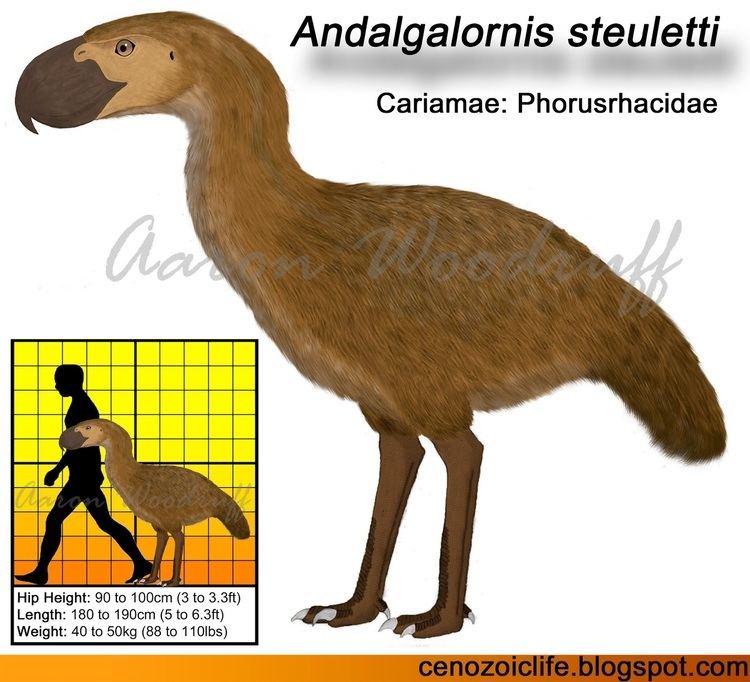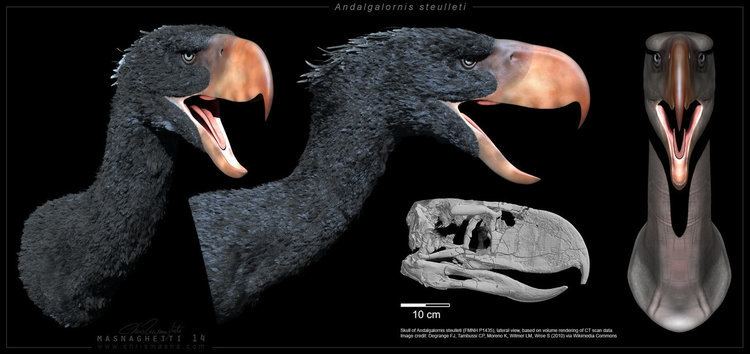Species A. steulleti | Scientific name Andalgalornis | |
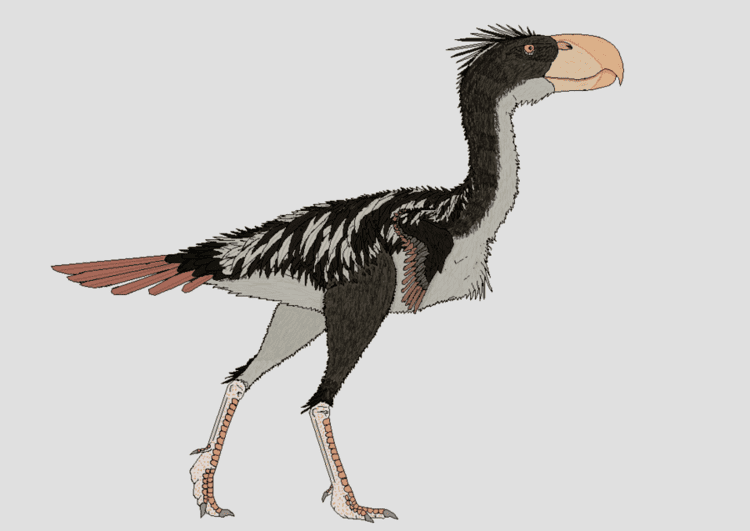 | ||
Similar Terror birds, Bird, Dinosaur, Kelenken guillermoi, Paraphysornis | ||
Terror bird animation of the bite of andalgalornis based on plos one research
Andalgalornis was a genus of flightless predatory birds of the family Phorusrhacidae (often called "terror birds") that lived in Argentina. The type and only species is A. steulleti.
Contents
- Terror bird animation of the bite of andalgalornis based on plos one research
- Vm stress distribution in the skull of the terror bird andalgalornis
- Description
- References
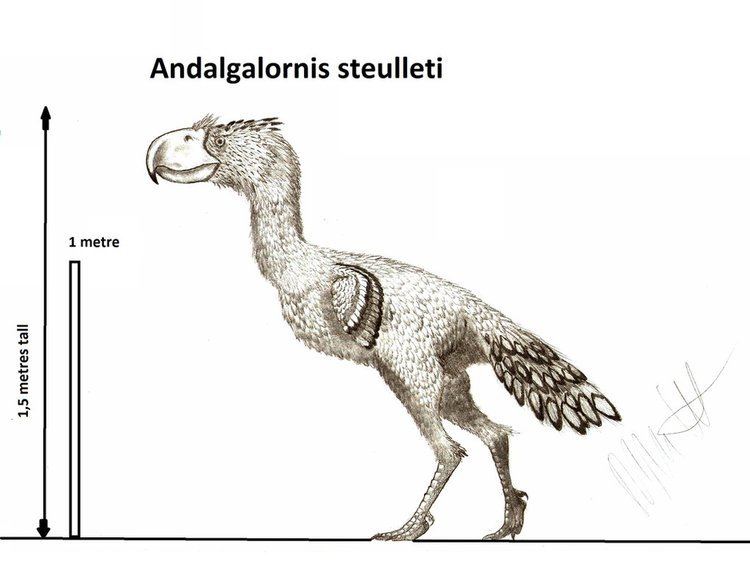
Andalgalornis is known from an incomplete skeleton and some single bones found from sites in the Entre Ríos and Catamarca Provinces of northeast and northwest Argentina. The fossils were uncovered from the Miocene to Early Pliocene Andalgala Formation.
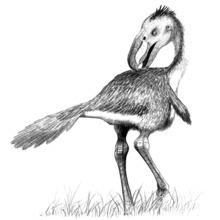
Vm stress distribution in the skull of the terror bird andalgalornis
Description
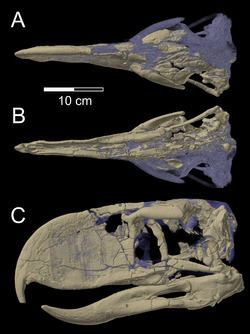
Andalgalornis stood around one and a half meters tall. The subfamily to which the genus belonged, the Patagornithinae, contained species that were of quite slender build; it looked much like the larger phorusrhacid Phorusrhacos, but it was more elegant and smaller and had a proportionally higher beak, the most massive in proportion to body size of all phorusrhacids. A recent analysis of CT scans of the skull of Andalgalornis suggests that the beak was strong dorsoventrally (in the vertical plane) but relatively weak mediolaterally on either side. The beak'S weakness has led some to suggest that the bird could not have taken down large prey, but consumed smaller, more easily manageable prey that could be killed with weak bite forces. However, the beak's dorsoventral strength may have enabled Andalgalornis to quickly strike down on or slash its prey in a hunting strategy that involves a series of repeated blows. This is analogous to the feeding behavior of other weak-biting predators such as Smilodon or Allosaurus, which also rely on vertical striking to kill large and dangerous prey.
A study of its neck vertebrae showed that they were built for striking.
